Friday, October 30, 2020
Thursday, October 29, 2020
Wednesday, October 28, 2020
What it means to be environmentally sustainable
October is Campus Sustainability Month, and over the past week, the ASDA Council on Professional Issues has presented a blog series exploring various aspects of sustainability. So far, we’ve discussed clinic sustainability and personal sustainability, and provided a printable PDF flier to help you spark ideas for your school’s clinic. In the final blog post in the series, we will be discussing environmental sustainability.
This umbrella term refers to the idea of protecting and maintaining environmental resources for future generations, without compromising way or quality of life. In 2005, the World Summit on Social Development identified three goals of sustainable development:
1. Economic development: Providing incentives for businesses to adhere to sustainability guidelines beyond normal requirements. Encouraging the average person to use their consumer demands to push for eco-friendly economic supply.
2. Social development: Awareness and legislation protection of the health of people from pollution and other harmful activities of businesses. Educating communities about the effects of environmental protection and warning of the dangers if societies cannot achieve these goals.
3. Environmental protection: Studying and protecting ecosystems, air quality, integrity and sustainability of our resources, and focusing on the elements that place stress on the environment. Creating technologies that drive a greener future and protect the environment from potential damage.
Developments in these institutions impact all aspects of future human, plant and animal life, and we can all start by making sustainable decisions today. Some individual action ideas that promote environmental sustainability include:
- Research and vote for county, state and national representatives who prioritize environmental sustainability and will take real action to protect our planet.
- Participate in trail or park clean-ups, creating cleaner natural spaces for all to enjoy.
- Volunteer in a local community garden, using shared food resources to minimize ground use.
As October Campus Sustainability Month comes to a close, we encourage dental students to start with these ideas and brainstorm ways to participate in ASDA’s annual Week of Service. In the spirit of a challenging year, our call to action is “Serving Together, 6 Feet Apart” and will take place Jan. 25–31, 2021. We invite dental students to participate in community service on their individual terms, then share how they will help build up their communities and inspire those around them. Complete details will be available this winter.
~Joell Chen, Roseman ’21, ASDA Council on Professional Issues Chair
Tuesday, October 27, 2020
Monday, October 26, 2020
Simple changes to embrace personal sustainability
In celebration of Campus Sustainability Month this October, the ASDA Council on Professional Issues developed a three-part series discussing what it means to be clinically, personally and environmentally sustainable. Last week, we dove into clinic sustainability and provided you with a printable PDF to spark ideas for your school’s clinic.
As I prepared to contribute to our series, I realized how much I did not know about this specific topic. I was surprised to see the pollutant effects of some dental materials we frequently use, and I didn’t even consider the contribution of single-use plastics. The number of gloves I go through in a clinic setting is appalling. This topic caused me to self-reflect and consider what steps I can take to practice personal sustainability outside of school. I thought to myself, “How can I truly advocate for sustainable clinic practices when I don’t have any of my own?”
Being personally sustainable not only enhances your health and wellness, but it will have a lasting impact on our environment for years to come. Initially, I felt like implementing this new lifestyle would be difficult to do, but with further research, I realized I only needed to make small changes to my daily routine. I started by searching simple solutions and came upon an article titled “Personal Sustainability 101.” The author provided a compiled list of ways to reduce plastic waste, greenhouse gas emissions, water use and pollution, and deforestation.
Some simple practices included using reusable water bottles, enrolling in paperless billing, making cashless or card-less payments, and buying locally grown produce. A few changes I didn’t consider were taking shorter showers, turning off air conditioning and heat while I’m not home, and returning unused and expired medications to the pharmacy. As much as I felt like I didn’t know how to practice personal sustainability, most of the actions he suggested were already a part of my daily routine, leading me to believe that most dental students are more sustainable than we know, yet with more intention behind our actions, we will learn to better appreciate the importance of these simple lifestyle changes.
Adopting better sustainability habits will influence us as we try to implement better practices throughout our training. It often seems difficult to change the way we practice dentistry, but when you really think about it, dentistry is constantly changing. All of the advancements that have been made seemed far-fetched when they were initially proposed, yet through the willingness and determination of dental professionals, some of the most dynamic diagnostic tools and materials have been created. I encourage all dental students to be intentional about adopting a sustainable lifestyle and research ways in which they can emphasize the importance of moving toward a “greener” dental clinic at their respective schools.
I look forward to doing more personal research on how to continue my sustainability habits. It is essential to change our mindset in our personal lives so that we can be serious about the changes we want to see throughout dentistry.
~Aierress Hanna, Meharry ’21, ASDA Council on Professional Issues Associate
Download the “Promoting clinic sustainability” flier.
Friday, October 23, 2020
Thursday, October 22, 2020
Wednesday, October 21, 2020
One billion toothbrushes: Practicing sustainability in the clinic
This year’s Council on Professional Issues is proud to host a three-part blog series on clinic, personal and environmental sustainability, as we celebrate October as Campus Sustainability Month. We encourage dental students everywhere to consider their long-term impact in both personal and professional spaces.
Dentistry holds unique challenges when it comes to eco-friendly operations, due to constant biohazard and contamination risks. This is especially true in schools across the nation, where plastic barriers, dental suction tips and countless single-use plastics must be disposed of between patients in close contact. Given our practice reality, the Council on Professional Issues has created a printable PDF flier to help spark ideas for clinic sustainability in dental schools.
Another key resource to consider is TerraCycle, a clean waste management company working with Colgate’s Oral Care Recycling Program to collect hard-to-recycle items such as toothpaste tubes, toothbrushes and floss containers. The items are then sanitized and processed into base materials for new, upcycled products. Rodrick Wiggins (Tufts ’22) leads as an example of an individual working to bring sustainable change to his school clinic. Here, he writes about his experience.
One billion is a large number. It’s almost unfathomable to envision what one billion of anything looks like. Rest assured, this number can manifest itself in many ways. One unfortunate truth is that one billion toothbrushes are thrown away annually, finding themselves in our landfills, on the beaches of Central America, in forests of West Africa. They’re everywhere and they come in droves, enough to wrap around the world four times. Why is that bad? How did we get here? Why should we care?
The answers are simple. There is no planet B. Granted, that is an ambiguous point of view. To have a better idea of how we got here, we have to know where we started.
The use of plastic increased in popularity in the early 20th century, making its way into consumerism and manufacturing to stay forever. According to a June 7, 2019, National Geographic article, plastic production increased from 2.3 million tons in 1950 to 448 million tons by 2015 — and that’s expected to double by 2050. The material is, essentially, indestructible, fossilizing itself in time unless deliberately destroyed. This makes the idea of a plastic clean-up seem inconceivable.
There’s also the make-up of the toothbrush to consider. The modern toothbrush dates back to the late 1930s, with the fundamental design comprised mostly of a synthetic “celluloid” material and nylon bristles. Although today’s toothbrushes are similar to their original design, its components have been infiltrated with a cheaper and more volatile combination of plastic substitutes, making it more difficult to properly discard. Because of the materials a toothbrush is comprised of, it is presumed that a lot of toothbrushes are living on as trash. Toothbrushes, along with their inanimate plastic associates — toothpaste tubes and floss containers — will infiltrate our ecosystems, continuing to contribute to what would be an insurmountable problem if not recognized and addressed.
As a rising third-year dental student at Tufts University School of Dental Medicine, I find myself consumed by information, deadlines and a looming anxiety of when my next exam will be. Alongside those tribulations is a call-to-action and an obligation that I, and my fellow health care providers, have vowed to uphold: “[I] remain a member of society, with special obligations to all my fellow human beings, those sound of mind and body, as well as the infirm.” Although we endure a tremendous responsibility, it is our duty to remain attentive and steadfast in our efforts. I took to the exhortation and wanted to expand my reach as early as I could.
The culmination of our efforts toward prevention of oral disease captivated me throughout my classes and daily life. One billion toothbrushes … every year … for decades! I had to do something.
I started to research environmental sustainability. I asked myself questions such as: What are toothbrushes made of? Could they be recycled? If so, how? I found my answer in a company called TerraCycle. TerraCycle recycles and upcycles “hard-to-recycle” products into items that are reusable. They partner with brands, manufacturers and retailers to form recycling programs, in which anybody can participate. Each company has their own recycling program collecting certain items.

For example, Colgate partners with TerraCycle to collect oral care products such as toothbrushes, toothpaste tubes and floss containers. Participants who collect and send in the waste to be recycled and upcycled are offered incentives and rewards such as upcycled bins, backpacks or other school supplies. TerraCycle will also contribute to non-profits.
It was clear that my vision aligned with TerraCycle’s model, and they were ecstatic to take me and Tufts on as a new team to contribute to the Colgate Oral Care Recycling Program. The program allows us to collect toothbrushes, toothpaste tubes, floss containers and all their outer packaging. In return for what we collect and send in to TerraCycle, Tufts will receive a monetary amount that we will allocate toward the Tufts Impact Fund, dedicated to helping patients who can’t afford essential care on their own. This not only allows us to combat the environmental effects dental waste has on our ecosystems, but it also allows us to provide unique access to oral health care for those who are underserved due to unfortunate circumstances.
The program currently is on hold due to the COVID-19 pandemic. However, before the halt of operations, we launched our pilot of the program. This was designed to gain a better understanding of the challenges associated with collecting and processing logistics, ideal collection locations, as well as standards that need to be upheld to further ensure the highest level of professionalism.
The current model has two bins per clinic floor, located in easily accessible areas with high foot traffic. As we conduct this pilot, we are finding unique ways to educate and incentivize the efforts of our patients and student providers. We are sharing techniques with the student providers that encourage patients to bring in their used oral care products to be recycled. In return, they will receive a new toothbrush, small toothpaste and floss. In addition, we are hoping to shed light on the environmental effects that our profession causes and our efforts to change that tide. I am hopeful this will bring attention to the dental community and force us to be more cognizant of and proactive against our effects on the environment.
The Colgate Oral Care Recycling Program is being facilitated through a brand I created called Teeth Studios: A Smiling Initiative. It is a multifaceted platform that allows for conceptualizing of passions, groundbreaking ideas, aspirations, inspirations and vocations to be explored and brought to life to cultivate transformational and sustainable change. This recycling project is only the beginning of what I believe Teeth Studios will provide as an all-encompassing experience for patients, providers and bystanders alike. My mission is to motivate and educate, so we can collectively move forward into a brighter and greener future.
~Rodrick Wiggins, Tufts ’22
Download the “Promoting clinic sustainability” flier.
Tuesday, October 20, 2020
Monday, October 19, 2020
Addressing anxiety about hand skills
Puppies are funny and cute. They are excited and curious, always ready to take on a challenge. When I think of the dental school experience, I think of dental students as puppies — excited to hold a handpiece and mirror for the first time, meeting patients and performing our first procedures. Everything is exciting and scary, and we are doing our best to absorb as much information as we can. But there is a dark side to puppies, too: There can be chaos, exhaustion and a crippling fear of the unknown. These issues plague every new dental student. But with guidance and support, things can feel a little easier.
These insecurities are still a part of me, and I vividly remember when they began. It was when I held my instrument for the first time and couldn’t get wax on it. I felt it after drilling my first pitiful prep, then looking over at my classmate’s pristine one. I especially felt it after failing my first practical. Each time wounded me, pushing me deeper into a state of hopelessness. It got to the point where every practice session began with a tightness in my chest and was punctuated with tears on a pillow, knowing I had to do it all over again the next day.
Finish reading this article in the October issue of Contour.
~Julian H. Phan, Las Vegas ’22, District 10 Health/Wellness Chair
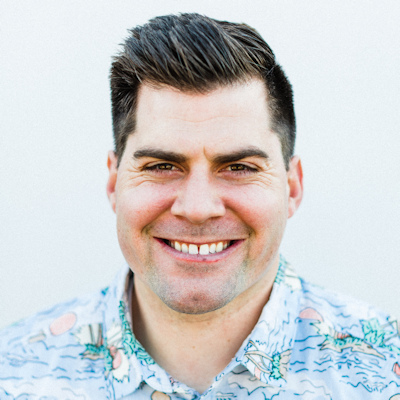 Why should your dental practice look into the possibility of incorporating membership plans into your business? Jordon Comstock details three things he believes could be pointing you toward membership plans and how they could help your practice and patients.
Why should your dental practice look into the possibility of incorporating membership plans into your business? Jordon Comstock details three things he believes could be pointing you toward membership plans and how they could help your practice and patients.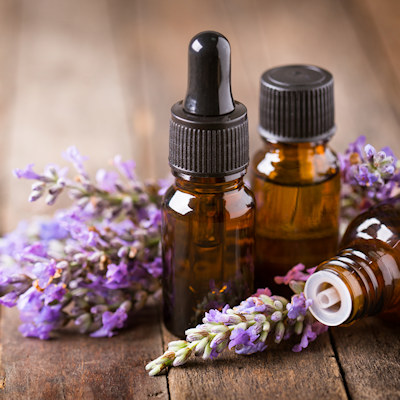 When Dr. Merve Benli, PhD, and her fellow researchers began looking into aromatherapy massage as a new treatment for temporomandibular joint and muscle disorders (TMJDs), they admittedly were skeptical. Then they saw it worked.
When Dr. Merve Benli, PhD, and her fellow researchers began looking into aromatherapy massage as a new treatment for temporomandibular joint and muscle disorders (TMJDs), they admittedly were skeptical. Then they saw it worked.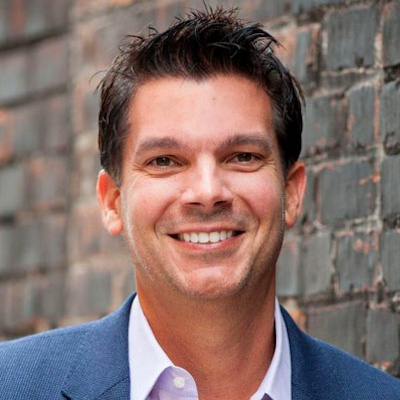 As October and National Dental Hygiene Month ends, Dr. David Rice, clinical editor for DrBicuspid.com, discusses how dentists and hygienists can form a closer working relationship that will benefit patients and the practice's bottom line. He shares three tips that have helped him in his own practice.
As October and National Dental Hygiene Month ends, Dr. David Rice, clinical editor for DrBicuspid.com, discusses how dentists and hygienists can form a closer working relationship that will benefit patients and the practice's bottom line. He shares three tips that have helped him in his own practice.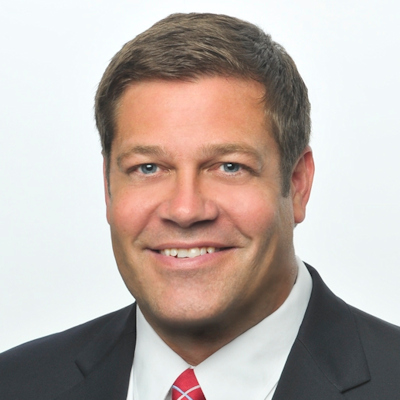 Knowing the state of your finances has been an even more important part of a dental practice's success since the COVID-19 disruption in the spring. Now, with 2021 approaching and the virus still playing a role in our lives and industry, Dan Croft says dental practice owners should consider capitalizing on certain industry trends.
Knowing the state of your finances has been an even more important part of a dental practice's success since the COVID-19 disruption in the spring. Now, with 2021 approaching and the virus still playing a role in our lives and industry, Dan Croft says dental practice owners should consider capitalizing on certain industry trends. We have heard a lot about holes in the hygiene schedule plaguing many dental practices this fall. However, there is also another big thing happening with schedules in some practices: Author Fred Joyal provides insight on how to prevent patient migration from happening in your practice.
We have heard a lot about holes in the hygiene schedule plaguing many dental practices this fall. However, there is also another big thing happening with schedules in some practices: Author Fred Joyal provides insight on how to prevent patient migration from happening in your practice.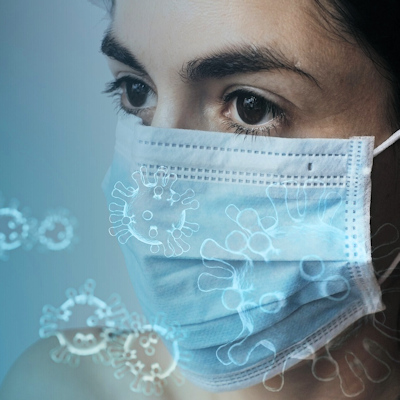 The mouth is a strong site for infection and transmission of the novel coronavirus, according to a study published October 27 on the preprint server medRxiv. Researchers believe this is the first study to show the oral cavity as a main site for SARS-CoV-2 spread.
The mouth is a strong site for infection and transmission of the novel coronavirus, according to a study published October 27 on the preprint server medRxiv. Researchers believe this is the first study to show the oral cavity as a main site for SARS-CoV-2 spread.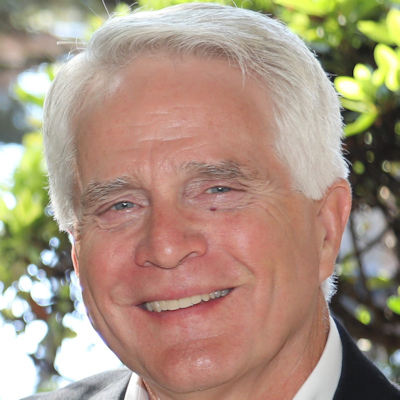 As a follow-up to a recent popular article, we talked with dental human resources expert Tim Twigg about what dentists and team members should know about the safety that should be afforded to them every day within their work environment.
As a follow-up to a recent popular article, we talked with dental human resources expert Tim Twigg about what dentists and team members should know about the safety that should be afforded to them every day within their work environment.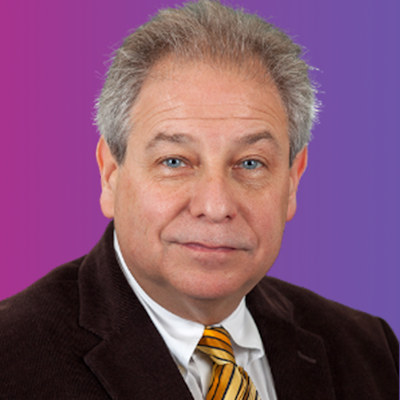 Artificial intelligence (AI) isn't just something from a science fiction movie. The technology is already affecting our society and will become a bigger and bigger part of the dental experience, members of the newly formed Dental AI Council believe. We talked to a member of that council about AI, where it's going, and what dentists and team members can expect as 2021 draws nearer.
Artificial intelligence (AI) isn't just something from a science fiction movie. The technology is already affecting our society and will become a bigger and bigger part of the dental experience, members of the newly formed Dental AI Council believe. We talked to a member of that council about AI, where it's going, and what dentists and team members can expect as 2021 draws nearer.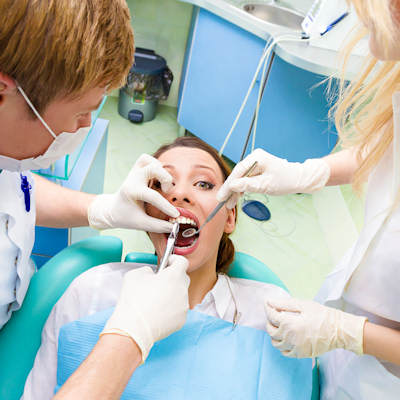 Adult patients who saw their dentist every six months for a routine checkup did not have better oral health than those who visited every two years, according to a review published on October 14 in Cochrane Library.
Adult patients who saw their dentist every six months for a routine checkup did not have better oral health than those who visited every two years, according to a review published on October 14 in Cochrane Library.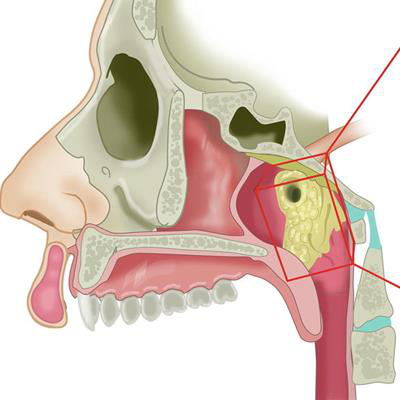 Imaging with the use of a prostate cancer biomarker has led to the discovery of a pair of salivary glands, found tucked away inside the skull where the nasal cavity and throat meet. The findings were published recently in Radiotherapy & Oncology.
Imaging with the use of a prostate cancer biomarker has led to the discovery of a pair of salivary glands, found tucked away inside the skull where the nasal cavity and throat meet. The findings were published recently in Radiotherapy & Oncology.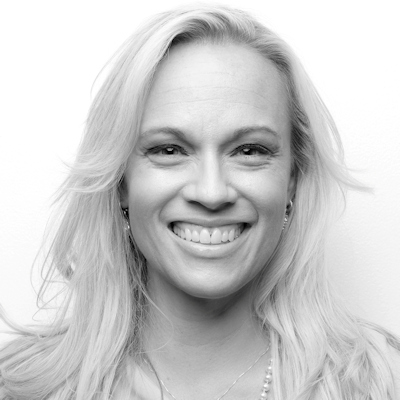 Here are three things that Kelly Tanner, PhD, RDH, believes about dental hygienists: They utilize clinical decision-making to discern the best care for patients, they diagnose alongside the doctors to ensure patients are educated about their treatments, and they create value in patients' lives through the recommended treatments. With that in mind, it's time they should see themselves as leaders, she believes.
Here are three things that Kelly Tanner, PhD, RDH, believes about dental hygienists: They utilize clinical decision-making to discern the best care for patients, they diagnose alongside the doctors to ensure patients are educated about their treatments, and they create value in patients' lives through the recommended treatments. With that in mind, it's time they should see themselves as leaders, she believes.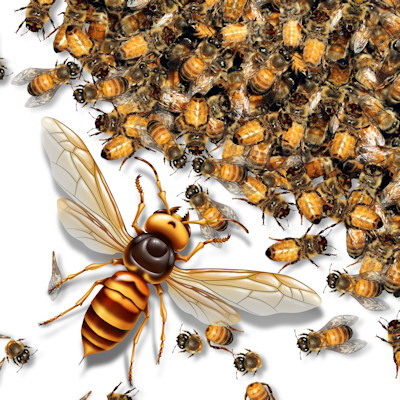 Asian giant hornets (murder hornets) made the news again recently. This time, however, the story surrounding the insect marauders had a dental tie. Researchers from Washington's agriculture department used dental floss to make an important discovery just south of the border between the U.S. and Canada.
Asian giant hornets (murder hornets) made the news again recently. This time, however, the story surrounding the insect marauders had a dental tie. Researchers from Washington's agriculture department used dental floss to make an important discovery just south of the border between the U.S. and Canada.
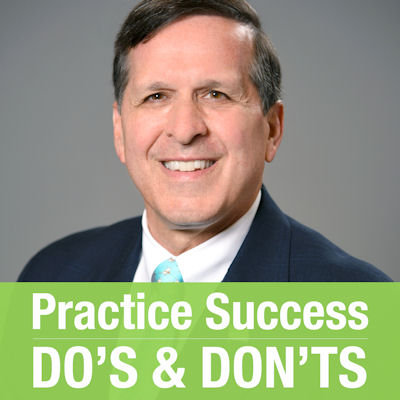 It's true that patients are less likely to accept treatment in difficult economic times. For effective case presentation, it's essential to lay out all the health benefits of treatment, as well as all financial options, writes Dr. Roger P. Levin in his latest Practice Success tip.
It's true that patients are less likely to accept treatment in difficult economic times. For effective case presentation, it's essential to lay out all the health benefits of treatment, as well as all financial options, writes Dr. Roger P. Levin in his latest Practice Success tip.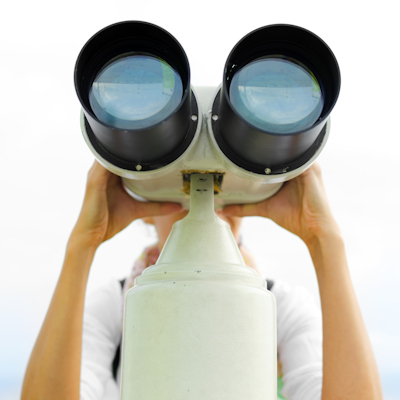 What do you really know about yourself, your business, and your goals for the future? When is the last time you sat down to discover what is truly important to you and your team? We assembled a group of consultants to discuss the "discovery process" and its importance to your planning for 2021 and beyond.
What do you really know about yourself, your business, and your goals for the future? When is the last time you sat down to discover what is truly important to you and your team? We assembled a group of consultants to discuss the "discovery process" and its importance to your planning for 2021 and beyond.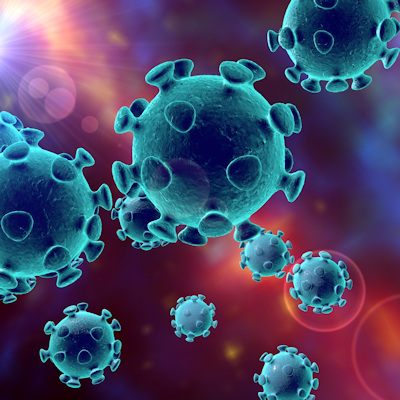 COVID-19 may cause patients to produce excessive saliva, resulting in angular cheilitis, a painful inflammation of the corners of the mouth, according to a letter published on October 11 in Oral Diseases.
COVID-19 may cause patients to produce excessive saliva, resulting in angular cheilitis, a painful inflammation of the corners of the mouth, according to a letter published on October 11 in Oral Diseases.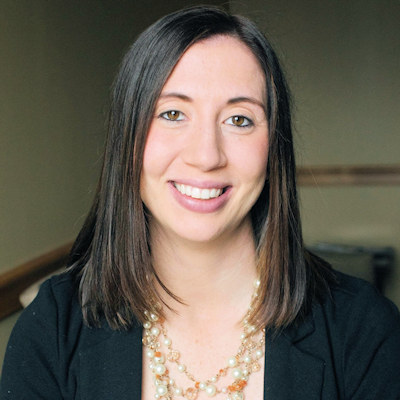 With more technology at your disposal and systems in place, Ashley Bond believes dental practices already have the tools they need to keep their outstanding collections at a low level. How can you fine-tune those systems to boost your practice's bottom line? She gives some tips and advice in this article.
With more technology at your disposal and systems in place, Ashley Bond believes dental practices already have the tools they need to keep their outstanding collections at a low level. How can you fine-tune those systems to boost your practice's bottom line? She gives some tips and advice in this article.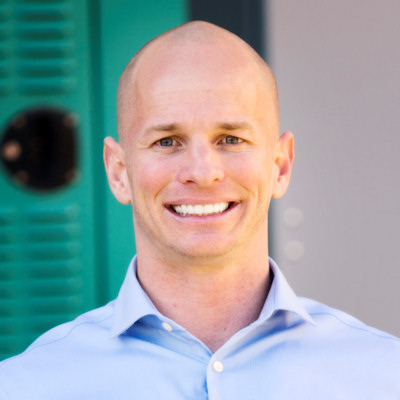 Curtis Marshall believes that rather than being frustrated by what has already happened this year, you should use your creativity and agency to focus on what you can do to boost your business heading into 2021. He shares four metrics that dentists and team members can control and improve upon, regardless of current or future circumstances.
Curtis Marshall believes that rather than being frustrated by what has already happened this year, you should use your creativity and agency to focus on what you can do to boost your business heading into 2021. He shares four metrics that dentists and team members can control and improve upon, regardless of current or future circumstances.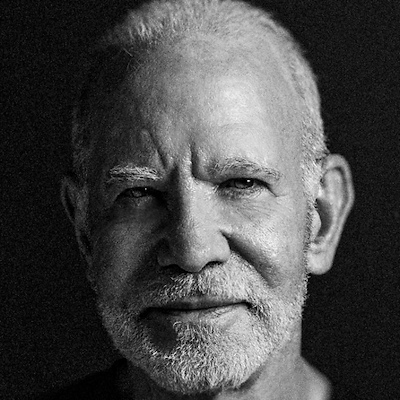 Leaders who lack emotional empathy and empathetic concern drive hard to make their numbers -- and they often do. But without empathetic concern, they also drive people out of their organization, writes Dr. Marc Cooper. He offers advice on the key components needed to find the right balance when leading others.
Leaders who lack emotional empathy and empathetic concern drive hard to make their numbers -- and they often do. But without empathetic concern, they also drive people out of their organization, writes Dr. Marc Cooper. He offers advice on the key components needed to find the right balance when leading others.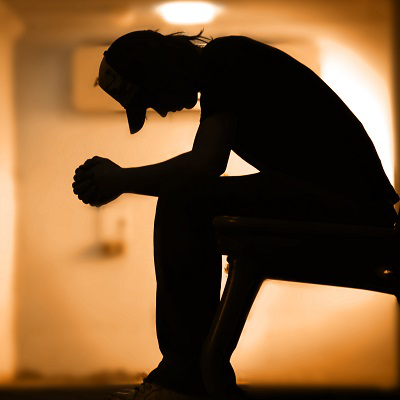 Survival rates drop significantly when patients who use tobacco and are diagnosed with oral and oropharyngeal squamous cell carcinomas delay treatment for more than six weeks, according to a study published on October 13 in Head & Neck.
Survival rates drop significantly when patients who use tobacco and are diagnosed with oral and oropharyngeal squamous cell carcinomas delay treatment for more than six weeks, according to a study published on October 13 in Head & Neck. There are some interesting thoughts and products popping up in the dental industry right now, and we're wondering if they are the beginning of trends that we'll see heading into the new year. Let's take a look at a few of the things that have drawn some attention in the latter stages of 2020 and may become more prevalent in 2021 and beyond.
There are some interesting thoughts and products popping up in the dental industry right now, and we're wondering if they are the beginning of trends that we'll see heading into the new year. Let's take a look at a few of the things that have drawn some attention in the latter stages of 2020 and may become more prevalent in 2021 and beyond.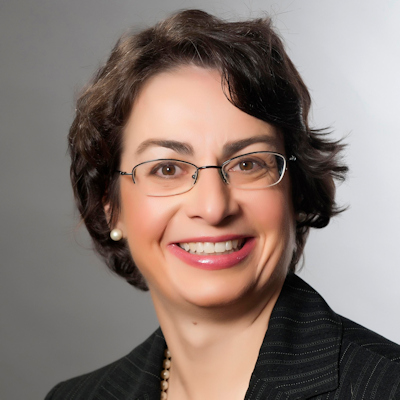 In Eaglesoft, any payments or adjustments, whether by the patient or insurance, must be attached to a service. When this does not happen, an unassigned credit is created. So what do you need to know about this and how can it be corrected? Ann-Marie DePalma offers some tips and advice.
In Eaglesoft, any payments or adjustments, whether by the patient or insurance, must be attached to a service. When this does not happen, an unassigned credit is created. So what do you need to know about this and how can it be corrected? Ann-Marie DePalma offers some tips and advice.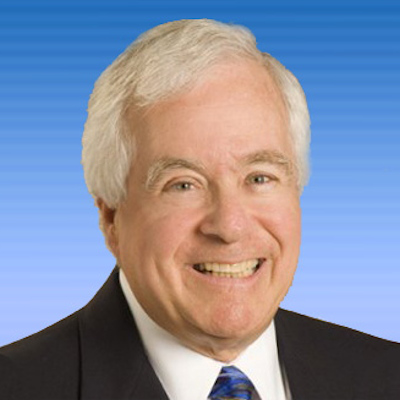 What is needed to form a successful dental service organization (DSO)? What foundation is necessary for a DSO that brings in an invisible money partner (IDSO)? Bruce Bryen, CPA, CVA, offers his thoughts and advice on the multiple steps it takes to ensure success when it comes to putting a group practice system together.
What is needed to form a successful dental service organization (DSO)? What foundation is necessary for a DSO that brings in an invisible money partner (IDSO)? Bruce Bryen, CPA, CVA, offers his thoughts and advice on the multiple steps it takes to ensure success when it comes to putting a group practice system together.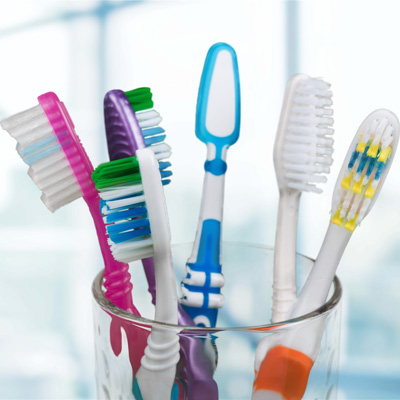 Patients in the U.S. did not neglect their oral healthcare while navigating the continued threat of the COVID-19 pandemic, according to survey results released on October 15 by the Delta Dental Plans Association, a nonprofit group of the 39 Delta Dental companies.
Patients in the U.S. did not neglect their oral healthcare while navigating the continued threat of the COVID-19 pandemic, according to survey results released on October 15 by the Delta Dental Plans Association, a nonprofit group of the 39 Delta Dental companies.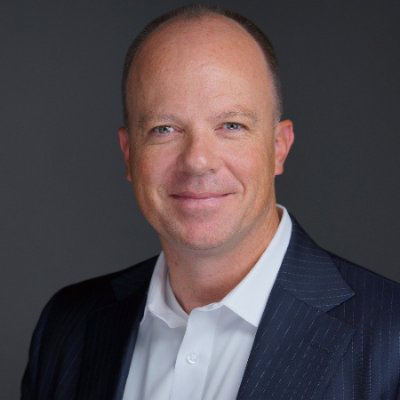 Dr. James Anderson looks back at the closure of dental practices forced by COVID-19, as well as which dental procedures were considered "essential" during that time. With preventive cleanings and other hygiene-focused procedures not on that list, Anderson wonders what message that sent to dental patients -- and what dental practices need to be doing now to reverse those thoughts.
Dr. James Anderson looks back at the closure of dental practices forced by COVID-19, as well as which dental procedures were considered "essential" during that time. With preventive cleanings and other hygiene-focused procedures not on that list, Anderson wonders what message that sent to dental patients -- and what dental practices need to be doing now to reverse those thoughts. Now that 99% of dental practices in the U.S. have reopened following COVID-19 shutdowns, dentists and dental service organizations can't hire assistants and hygienists, according to data released on October 16 by the ADA's Health Policy Institute.
Now that 99% of dental practices in the U.S. have reopened following COVID-19 shutdowns, dentists and dental service organizations can't hire assistants and hygienists, according to data released on October 16 by the ADA's Health Policy Institute.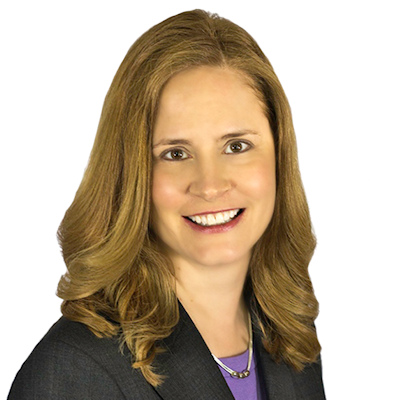 Many dental practices are currently looking to hire a new team member. In this article, consultant Lynne Leggett shares her advice on what is needed for a successful interview and hiring process. She also shares one of the biggest mistakes she sees when dental practices are ready to hire a new team member.
Many dental practices are currently looking to hire a new team member. In this article, consultant Lynne Leggett shares her advice on what is needed for a successful interview and hiring process. She also shares one of the biggest mistakes she sees when dental practices are ready to hire a new team member.